Water Absorption Test of Brick
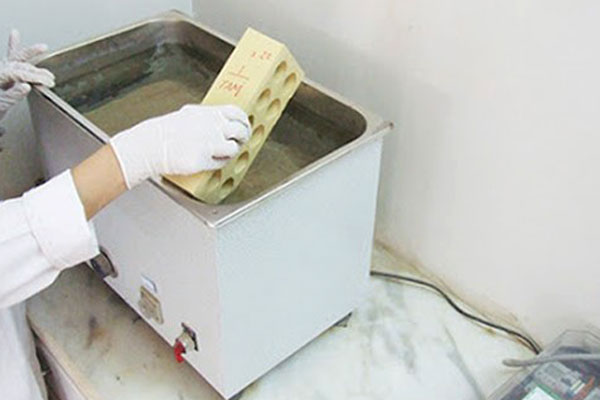
Water Absorption in Bricks: A Small Parameter with a Big Impact
Brick—that humble, reddish unit of construction—may seem simple at first glance, but it conceals within itself a world of engineering detail and material behavior. Among its many characteristics, water absorption is a critical yet often overlooked property that plays a fundamental role in determining the durability, quality, and safety of buildings.
Imagine a beautifully designed and well-built structure where the bricks silently absorb moisture over time. What may seem like a minor issue can gradually lead to surface efflorescence, cracking, and even structural degradation. This is where understanding and measuring the percentage of water absorption in bricks becomes essential—not just for engineers and architects, but for anyone involved in construction.
In this article, we aim to make this technical topic both accessible and engaging. Let’s dive into the world of bricks and moisture and see how this tiny detail can have far-reaching consequences.
What Is Brick Water Absorption and Why Is It Important?
Among various physical and chemical properties used to assess building materials, water absorption holds particular importance. It refers to the percentage of water a brick can absorb relative to its dry weight. While it sounds simple, this parameter reflects the porosity, density, and inner structure of the brick and significantly influences its behavior over time.
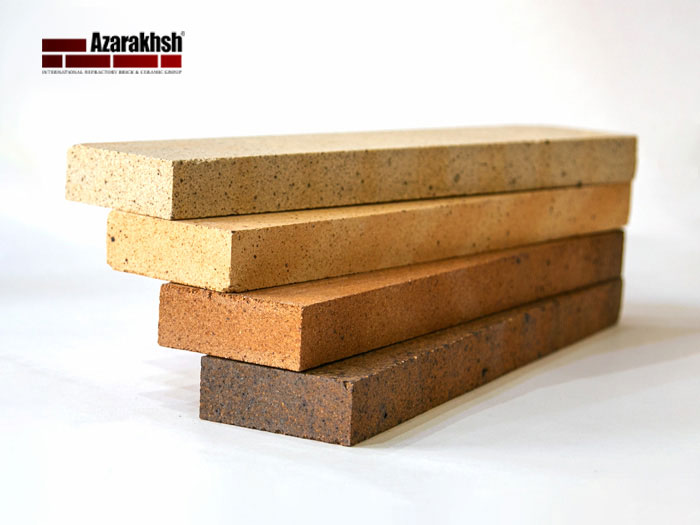
Moisture and Brick Performance
Moisture is often a silent destroyer of construction materials. When a brick absorbs excessive water, it can expand, crack, and, in cold climates, even freeze and deteriorate. High water absorption can also compromise the bond between brick and mortar, reducing the overall structural integrity.
Aesthetic Consequences: From Water to White Stains
Beyond technical considerations, water absorption also impacts the final appearance of a building. Bricks that absorb too much moisture are more likely to develop efflorescence—white salt deposits on the surface caused by water evaporation. This not only mars the visual appeal but also signals deeper material issues.
How Is Brick Water Absorption Measured?
To quantify water absorption, a standardized laboratory test is used. It includes the following key steps:
- Drying the Brick:
The brick is placed in an oven at approximately 110°C until it reaches constant weight. - Weighing:
The dry weight (W1) is recorded. - Soaking:
The brick is immersed in clean water for 24 hours. - Surface Wiping:
The brick is removed, wiped lightly to remove surface water, and weighed again (W2). - Calculation
Water Absorption (%)=(W2−W1)/W1×100
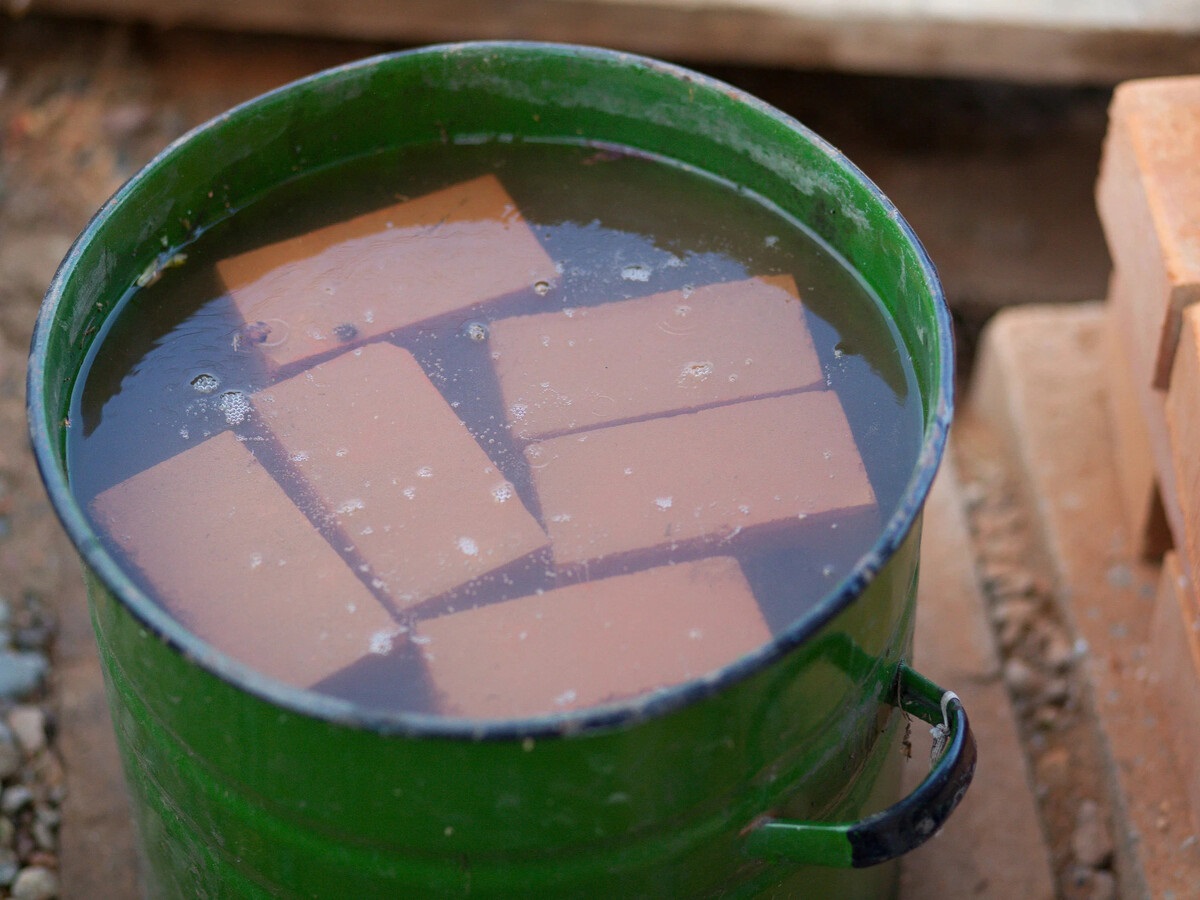
Acceptable Limits and Interpretation
According to standards like ASTM C67 and IS 3495, the acceptable limits vary based on brick type:
- Facing bricks should generally have water absorption below 16%.
- Common or load-bearing bricks: May have limits up to 20–22%
The test results guide engineers and builders in accepting or rejecting a batch of bricks for specific applications.
Conclusion: Small Numbers, Big Decisions
Construction projects often hinge on decisions that seem small but carry long-term implications. Water absorption in bricks is one such parameter that directly affects structural resilience, visual appeal, and lifecycle cost.
Whether you are an engineer, an architect, or simply choosing materials for a small-scale project, understanding brick behavior isn’t just technical diligence—it’s a mark of respect for the building’s future. Bricks may be silent, but through their interaction with moisture, they tell us stories about their strengths and weaknesses. The key is knowing how to listen.








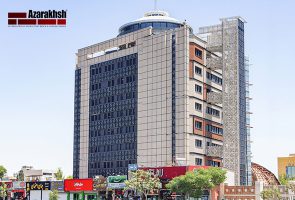
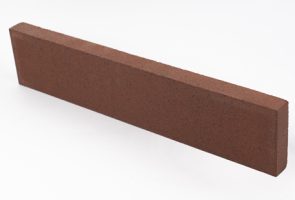
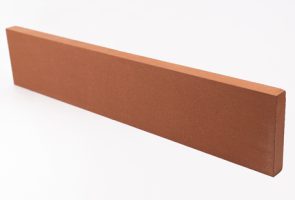
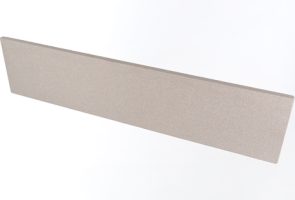

Comments
Your feedback is important to us. Please share comments or ask questions you haven’t found the answer to yet.